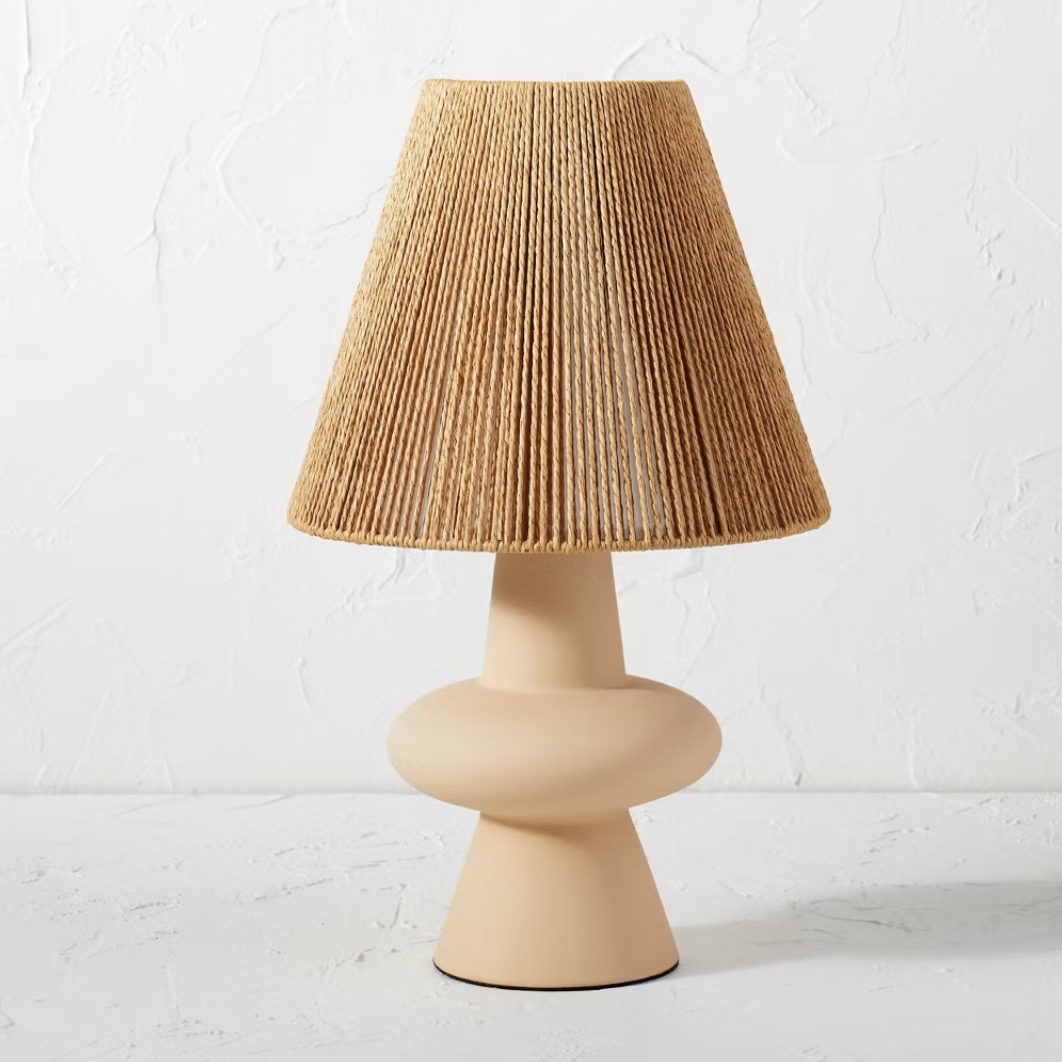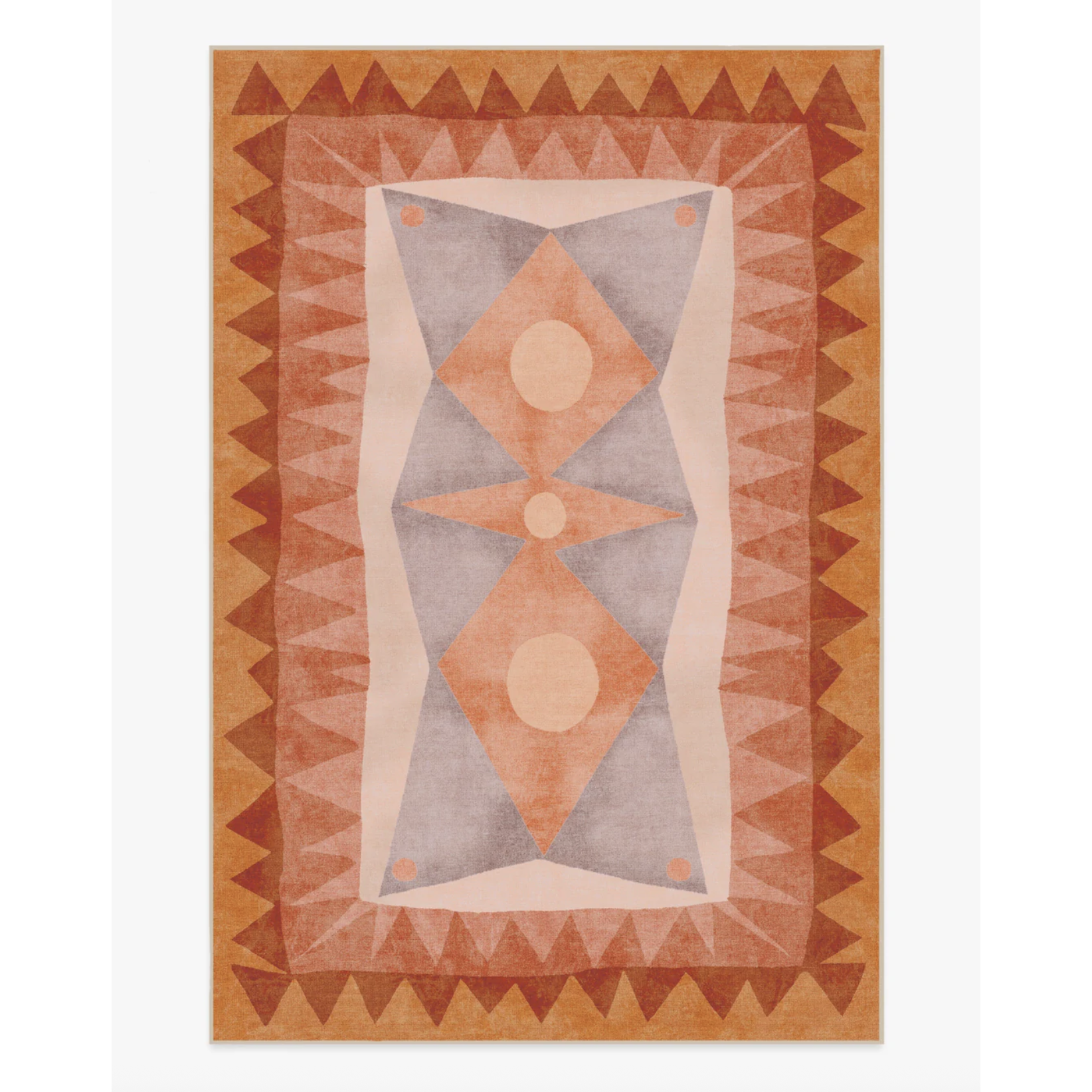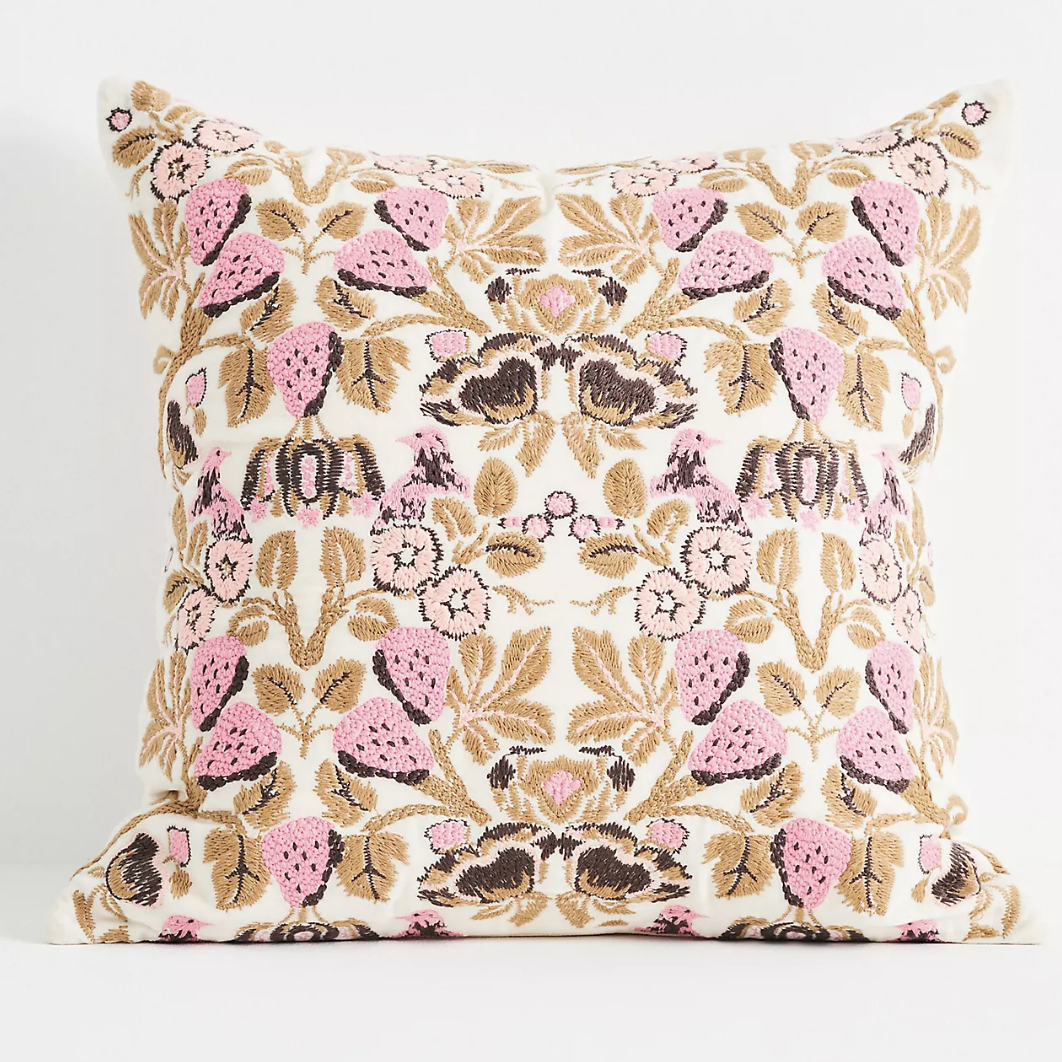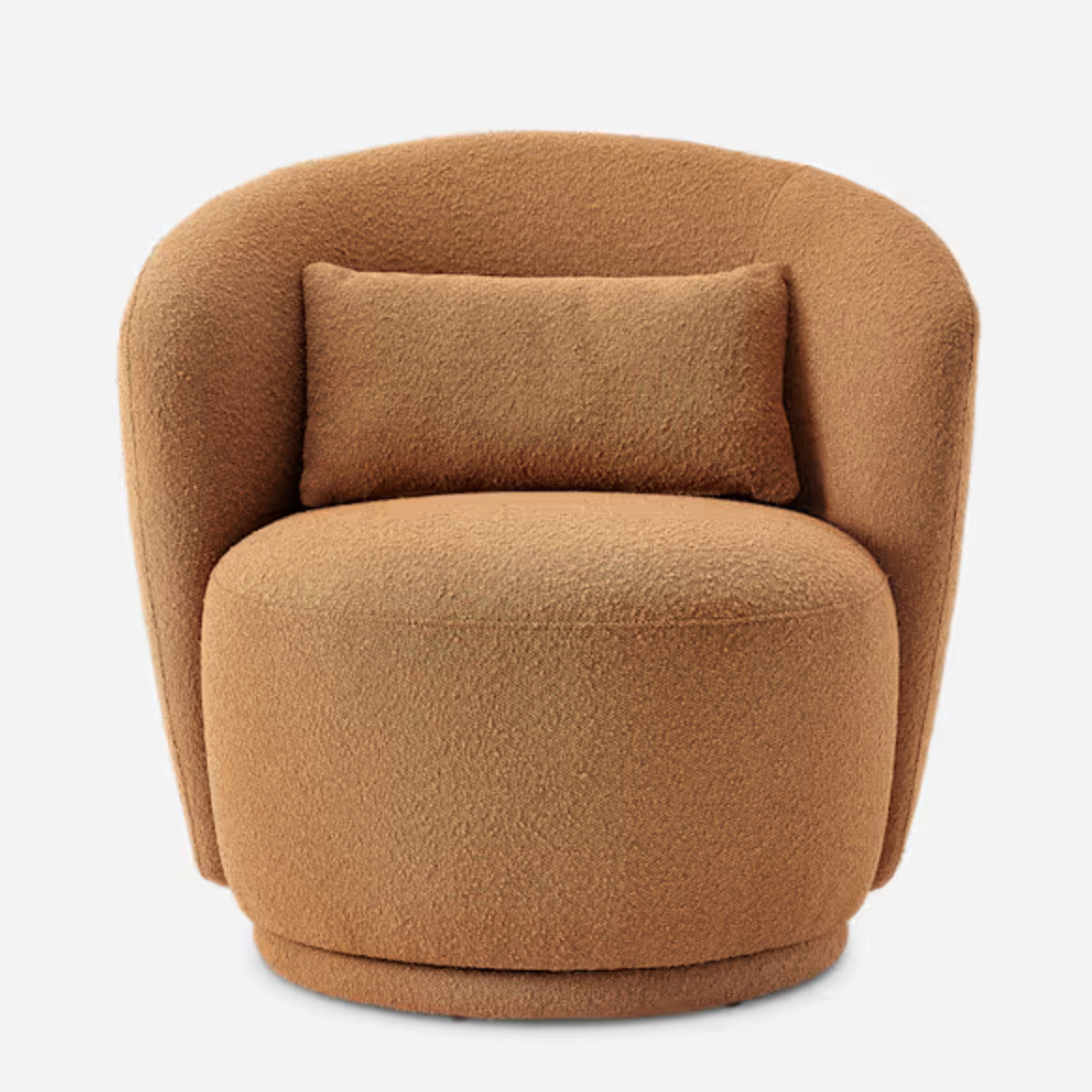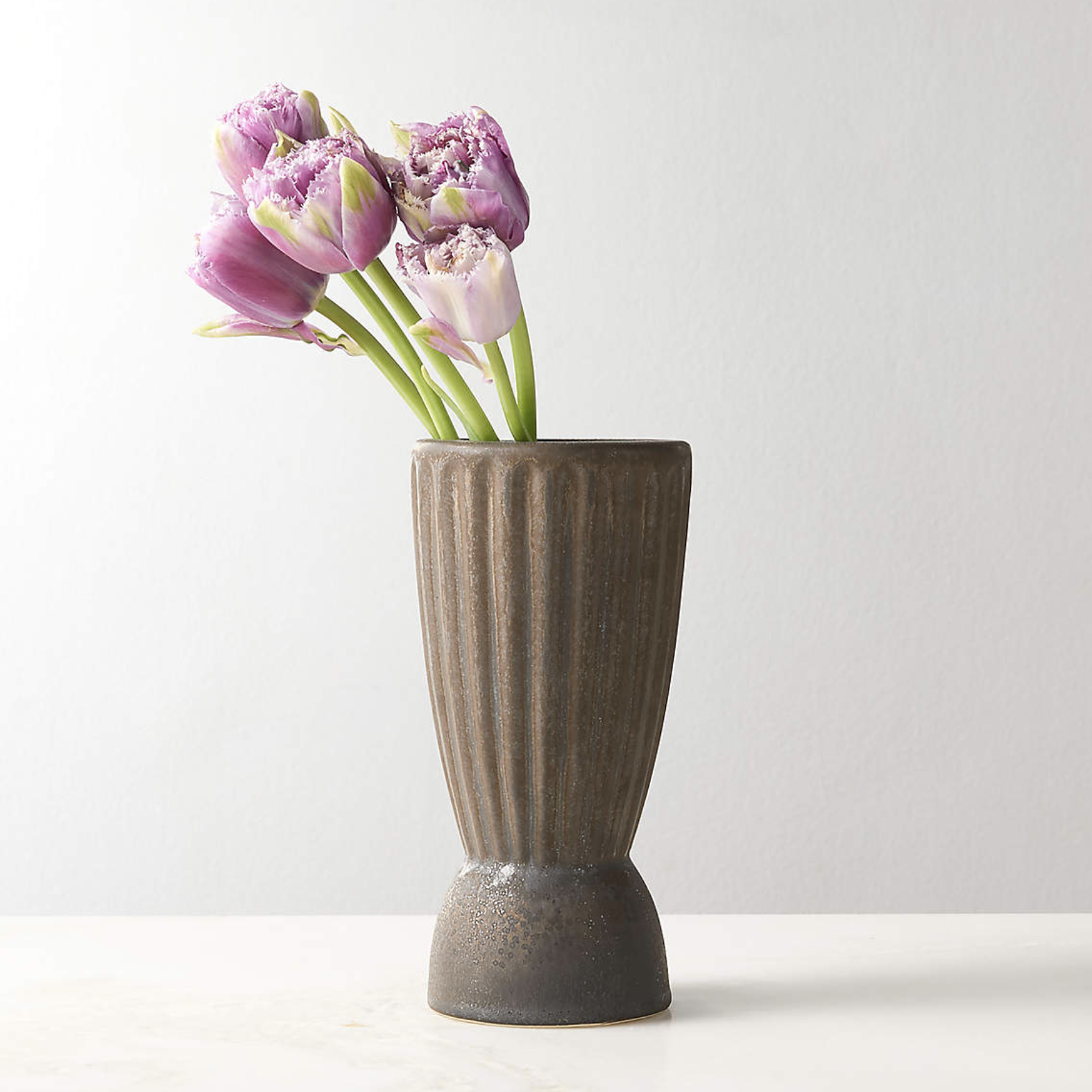3 Design Lessons Justina Blakeney Just Taught Us About Refined Maximalism
These are the three rules that Jungalow founder Justina Blakeney always follows when piecing together maximalist schemes that don't feel too cluttered
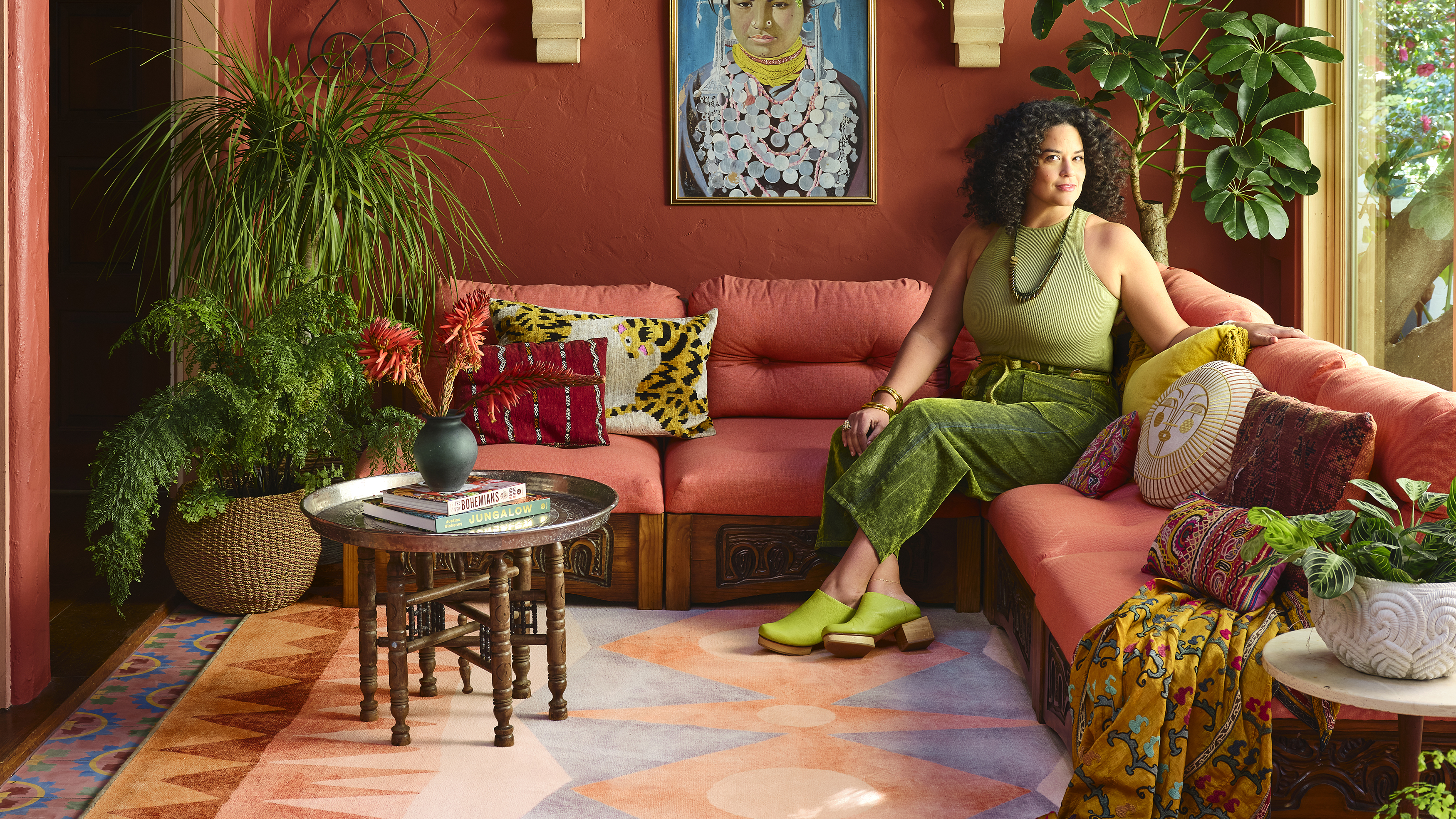
Justina Blakeney is known for her colorful, maximalist style, and as an early adopter of Pinterest, she has spearheaded the bohemian look that has been so influential for the past 15 years.
But Justina is an artist, and her maximalist schemes are not just a lot of stuff in a room – they're considered, curated, refined. In our recent interview with Justina for our Layered Lives series, she touched on her techniques and how she thinks carefully about what ends up on display, how it relates to the pieces around it, and how it makes the energy in the room feel.
We had to delve deeper into how she designs spaces that are so rich in color and pattern and yet always feel refined. These are her three rules for getting maximalism right – for creating homes that are full of character and personality, but not simply full of stuff.
Justina Blakeney's 3 key rules for a refined maximalist space
1. Rotation
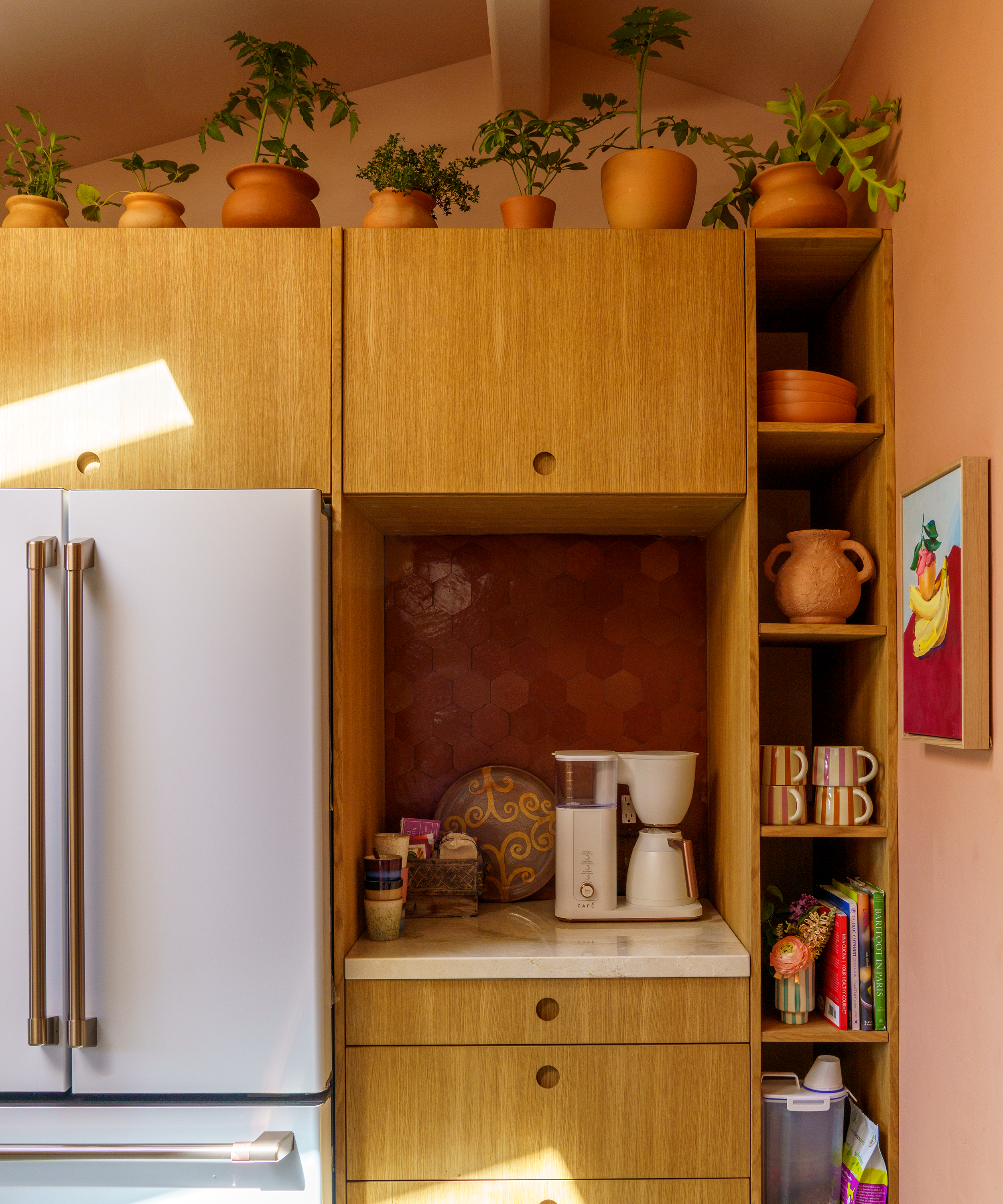
‘A home is never finished, and should always feel like it’s evolving,’ Justina says. ‘I have a basement filled with beautiful things that I’m constantly rotating so that my maximalist home continually feels fresh – and there is always something new to delight me in it.’
‘The issue with a maximalist home that stays static is that, after a while, it stops intriguing the eye, and through your familiarity with it all, the room just starts to look like a lot of stuff. So rotate what you can see and mix pieces in and out – that would be my first rule for making maximalism work.’
2. Context
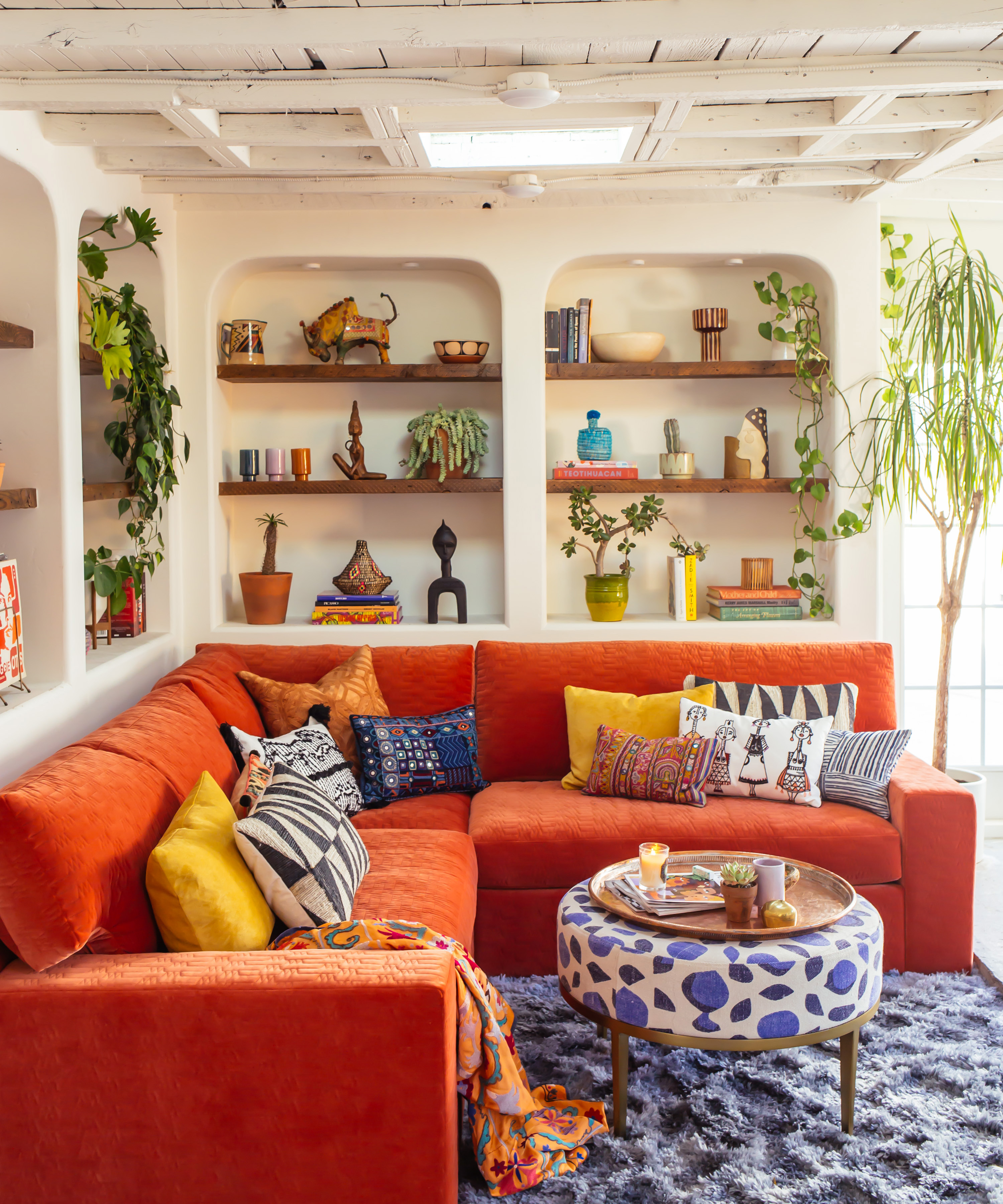
‘There is more to being a practiced stylist than simply putting nice pieces together, and my second rule for making a maximalist scheme work is about context – about choosing pieces to sit next to each other that actually have a reason to sit next to each other,’ Justina says.
‘For example, I might put a family photo next to an African mask – perhaps because the mask is a family heirloom and so is connected to the people in the photograph. Or I might put two pieces next to each other which were given to me by the same friend, or sourced on the same vacation. There needs to be an authentic relationship between the items you’ve chosen to display – you want to think of your pieces as characters in a novel that all have a part to play and all relate to everyone else somehow, even if it’s in a way that only you know about.’
Design expertise in your inbox – from inspiring decorating ideas and beautiful celebrity homes to practical gardening advice and shopping round-ups.
3. Negative space
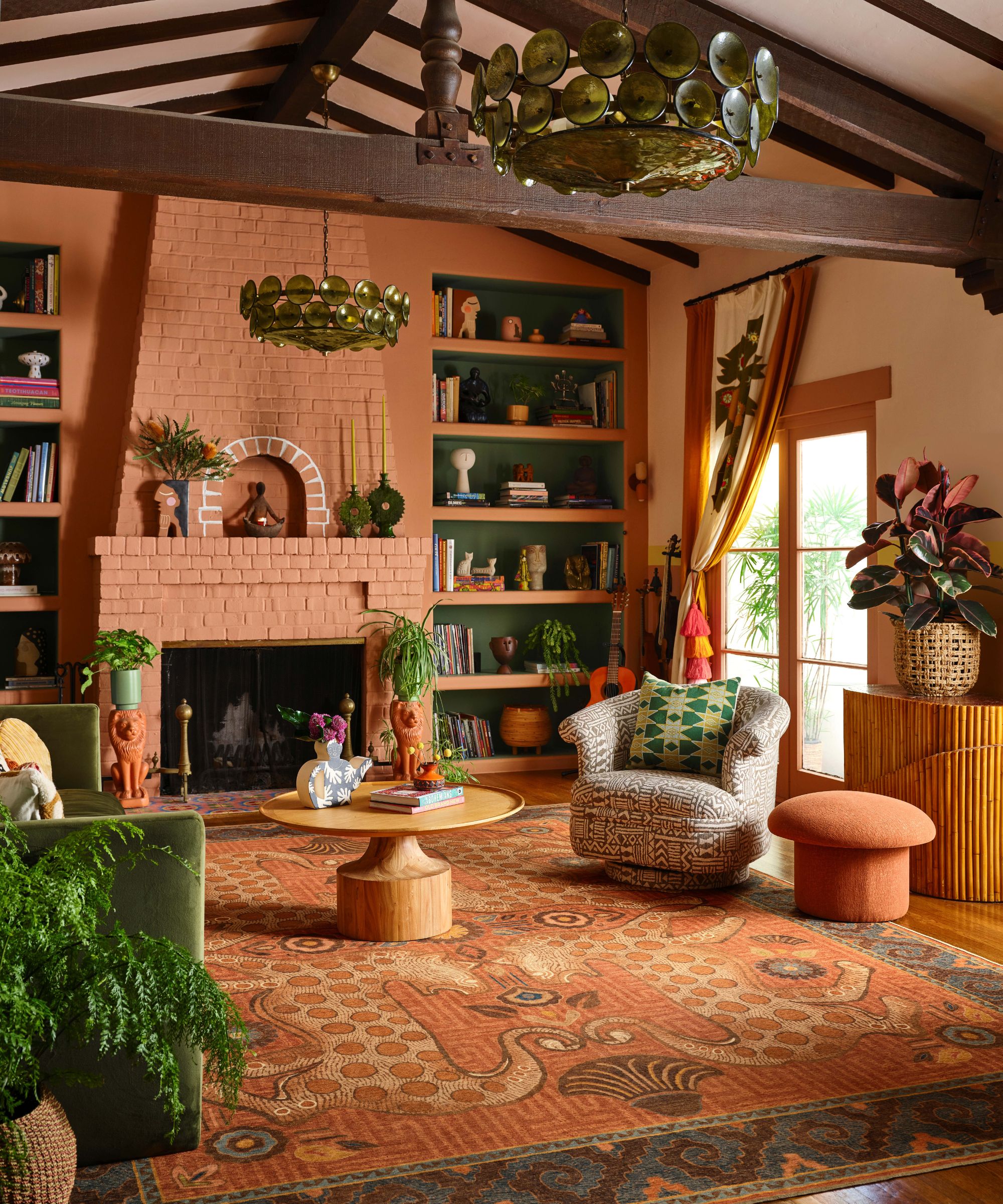
Justina believes that even in the most maximalist rooms, it’s the space left between the items on display that is most important.
‘Negative space – or the air that has nothing in it – is like the rest between notes in a beautiful piece of music,’ Justina says. ‘And in fact, it’s just as important as the music itself.'
'My spaces may look maximalist but my decor will be layered, and there won’t be things on every single surface. You have to remember that every part of your home needs to be livable, and you have to allow the energy to flow, ensuring there are passageways for it to do so. So my final rule for making maximalism work is to hold back in some areas, leave the floor or a wall bare, give yourself some airiness to enjoy the pieces you have on display.’
Shop Justina's refined maximalist style
Pip Rich is an interiors journalist and editor with 20 years' experience, having written for all of the UK's biggest titles. Most recently, he was the Global Editor in Chief of our sister brand, Livingetc, where he now continues in a consulting role as Executive Editor. Before that, he was acting editor of Homes & Gardens, and has held staff positions at Sunday Times Style, ELLE Decoration, Red and Grazia. He has written three books – his most recent, A New Leaf, looked at the homes of architects who had decorated with house plants. Over his career, he has interviewed pretty much every interior designer working today, soaking up their knowledge and wisdom so as to become an expert himself.
You must confirm your public display name before commenting
Please logout and then login again, you will then be prompted to enter your display name.

